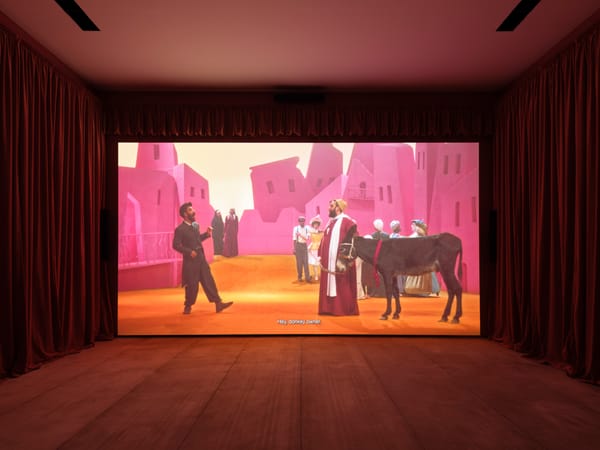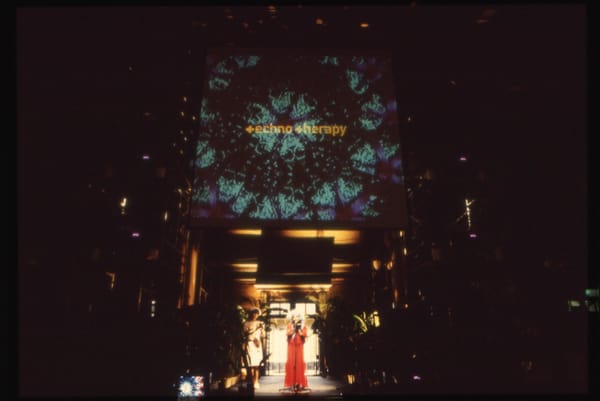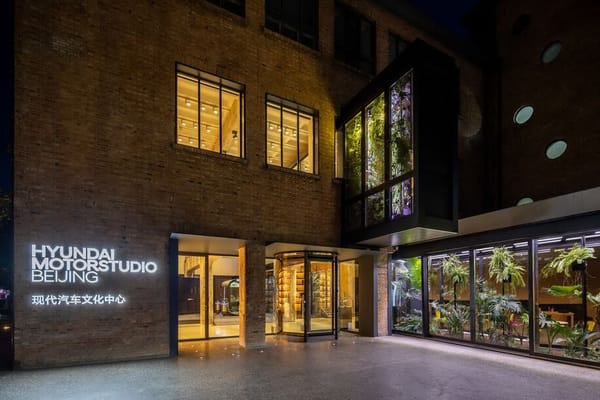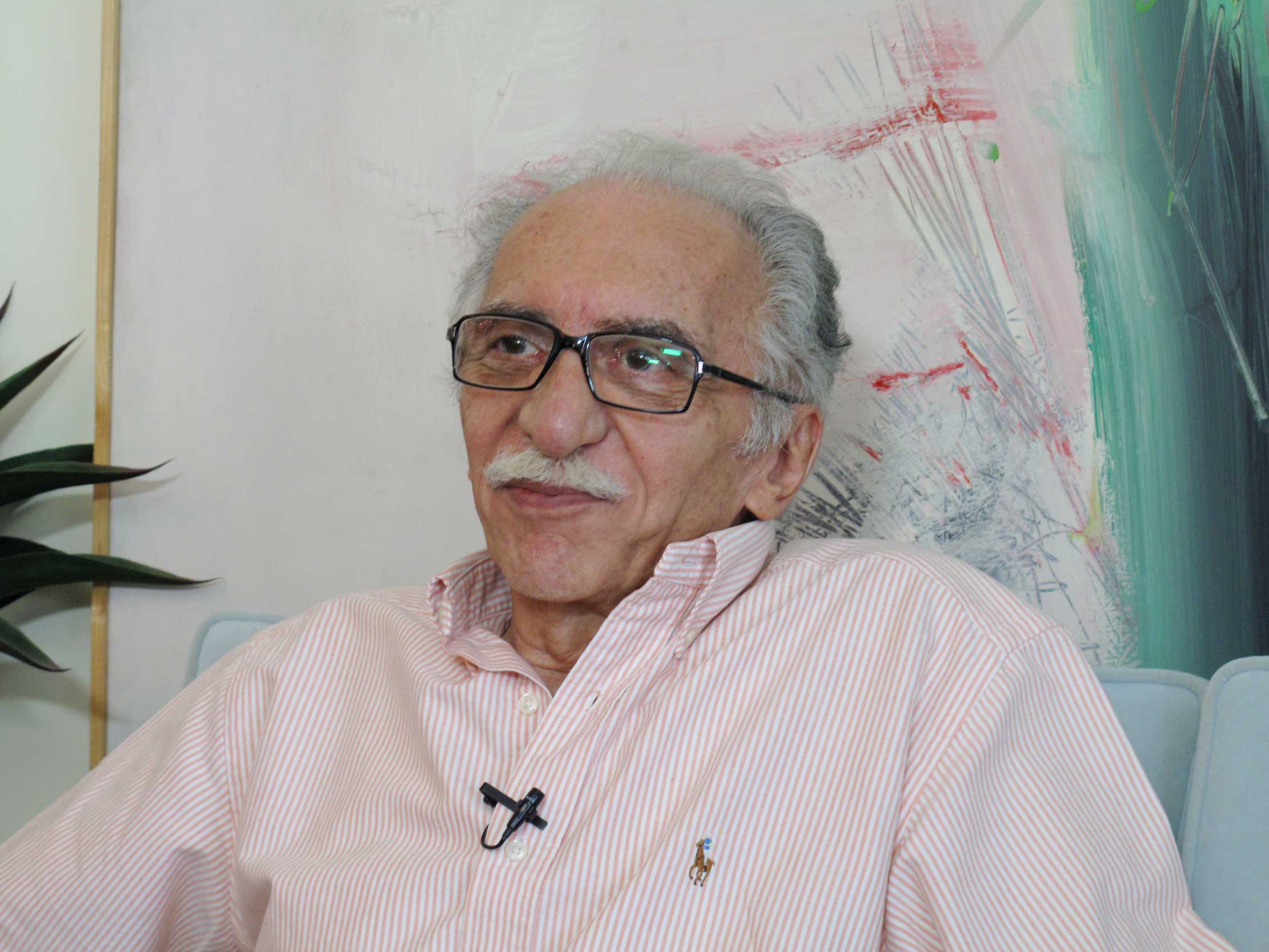Ideas
Field Trip: Lhasa Studio Visits in the Sky
Over the course of three days in December, ArtAsiaPacific visited studios in Lhasa, and caught up with members of the small but lively Tibetan contemporary art community. It was a great month to visit the capital of the Tibet Autonomous Region (TAR) of China, provided one was prepared with sun block, thermal underwear and aspirin to combat the effects of being at 3,600 meters (11,800 feet) above sea level. Though there were hardly any Western or Chinese tourists, the city was bustling, as many of the nomadic peoples were making their annual pilgrimages and purchasing supplies for the winter.
It was impossible to ignore that Lhasa is a city under heavy Chinese occupation. In the last year, glass-walled police booths had been erected on the corners of major intersections and troops patrol the streets, particularly in the area around the Jokhang temple, the most sacred Buddhist site in Tibet. Many of the artists spoke of Tibetans’ simmering anger and resentment toward the Chinese government’s administration, which as it encourages the Sinification and expansion of the city, curtails Tibetans’ religious practice, education and business opportunities, as well as travel outside the region.







